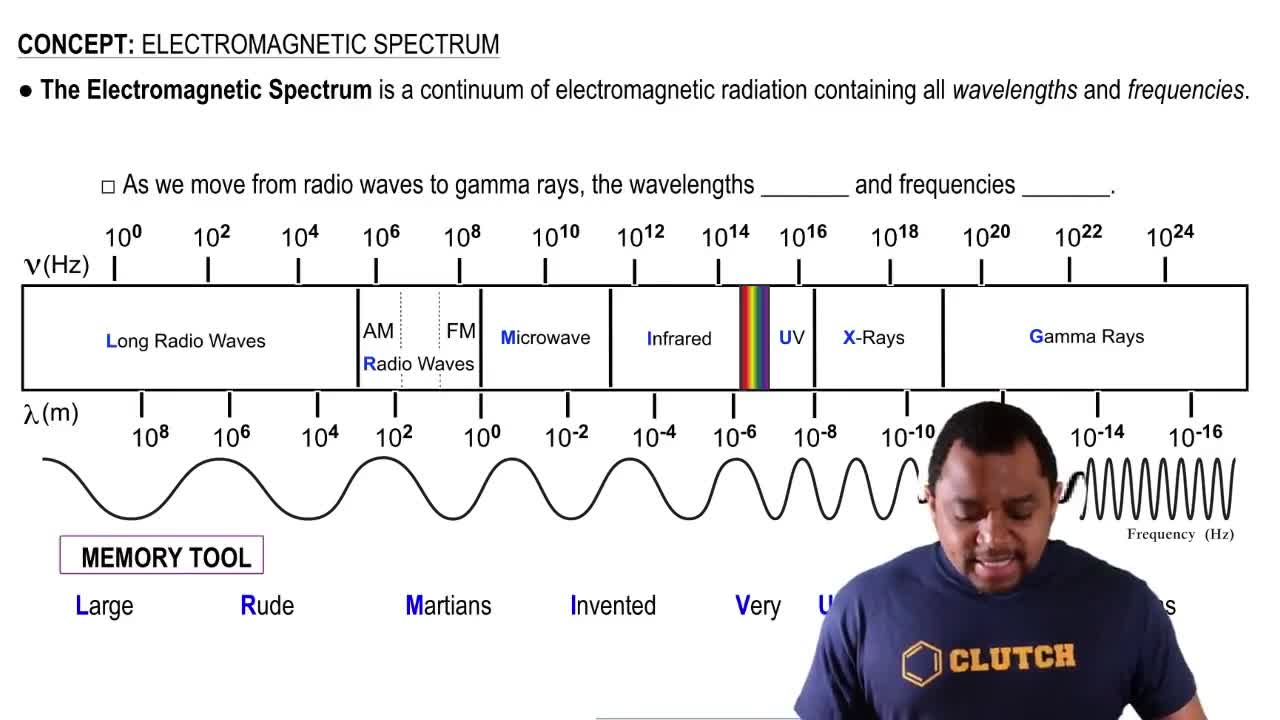Here are the essential concepts you must grasp in order to answer the question correctly.
Band Gap Energy
The band gap energy is the energy difference between the valence band and the conduction band in a semiconductor. It determines the energy required for an electron to jump from the valence band to the conduction band, which is crucial for the emission of light in LEDs. The band gap is typically measured in electron volts (eV), and for GaAs, it is 1.43 eV.
Recommended video:
Intepreting the Band of Stability
Wavelength and Energy Relationship
The wavelength of light emitted by a semiconductor can be calculated using the relationship between energy and wavelength, given by the equation E = hc/λ, where E is energy, h is Planck's constant, c is the speed of light, and λ is the wavelength. By rearranging this equation, one can determine the wavelength corresponding to the band gap energy of the material.
Recommended video:
Frequency-Wavelength Relationship
Electromagnetic Spectrum Regions
The electromagnetic spectrum is divided into various regions based on wavelength, including ultraviolet, visible, and infrared light. Visible light ranges from approximately 400 nm to 700 nm, while infrared light has longer wavelengths, typically from 700 nm to 1 mm. Understanding where the emitted light falls within this spectrum helps classify the type of light produced by the LED.
Recommended video:
 Verified step by step guidance
Verified step by step guidance

